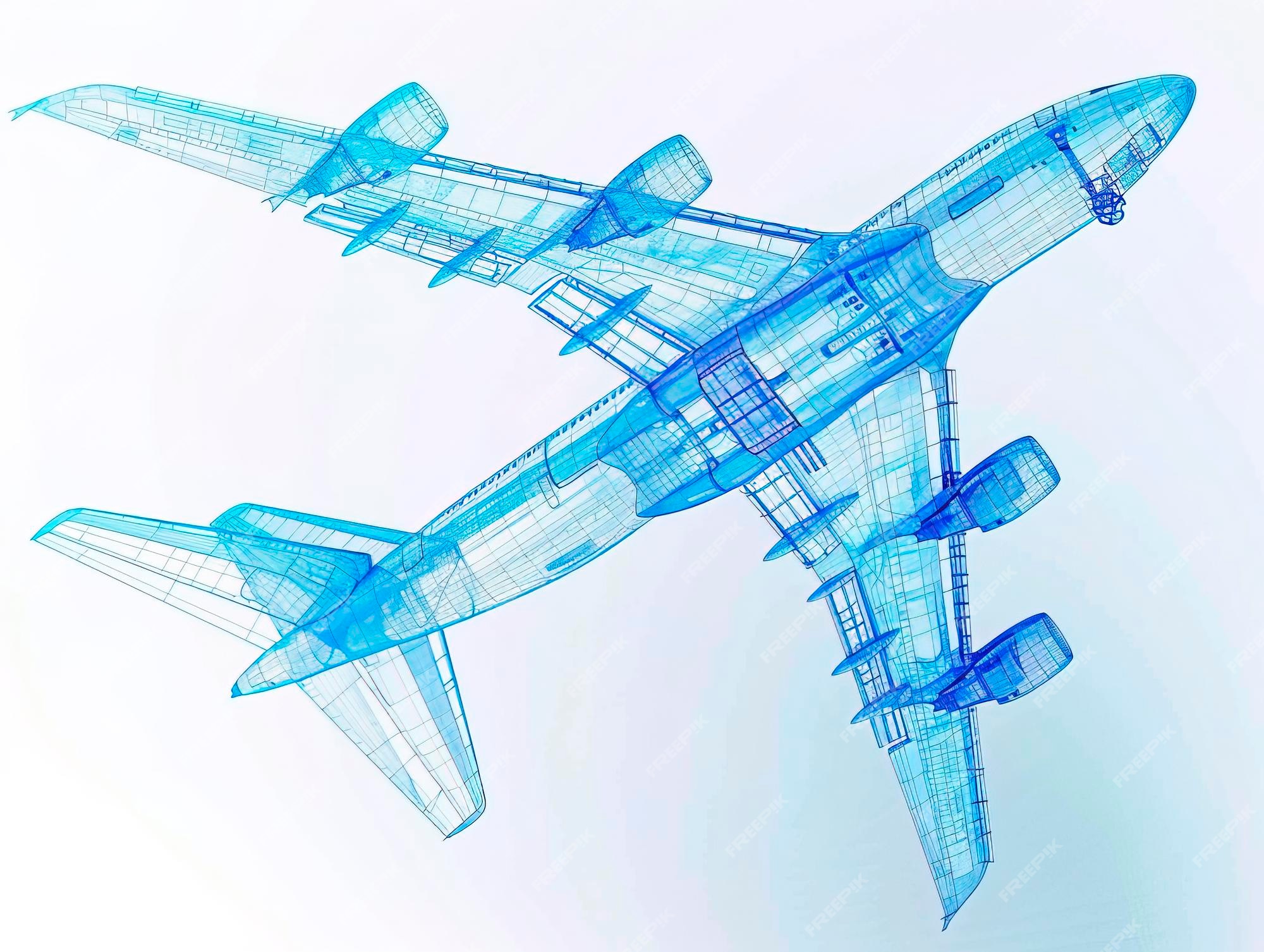The Reality Of Airplane Accidents: Data Visualization And Safety

Table of Contents
Analyzing Airplane Accident Data: A Visual Approach
Analyzing airplane accident data effectively requires a robust and visual approach. By leveraging data visualization techniques, we can gain valuable insights into trends, causes, and geographical patterns.
Data Sources for Understanding Airplane Accidents
Reliable data sources are crucial for accurate analysis of airplane accidents. Several organizations meticulously collect and publish this information:
- Aviation Safety Network (ASN): A comprehensive database with detailed information on accidents, incidents, and safety-related news. Strength: vast historical data; Weakness: can be less focused on detailed statistical analysis.
- International Air Transport Association (IATA): Provides safety statistics and reports focusing on commercial aviation. Strength: industry-specific data; Weakness: may not cover all types of aviation accidents.
- National Aviation Authorities (e.g., FAA, EASA): Government agencies maintain detailed records of accidents within their jurisdictions. Strength: authoritative source for specific regions; Weakness: data may be less readily accessible or standardized across countries.
The types of data collected include: accident type (e.g., collision, engine failure), contributing factors (e.g., pilot error, weather), location (airport, geographical coordinates), airline involved, aircraft type, and number of fatalities and injuries.
Visualizing Trends in Airplane Accidents Over Time
Graphs and charts are powerful tools for illustrating trends in airplane accident rates. Line graphs effectively show the decreasing accident rate over decades, showcasing the significant improvements in flight safety achieved through technological advancements and enhanced safety regulations. For example, a line graph plotting accidents per million flights flown clearly demonstrates a downward trend over time. Bar charts can compare accident rates across different airlines or aircraft types. Context is key; simply showing the number of accidents without considering the massive increase in air travel volume would present a skewed picture. Therefore, it is essential to present data showing accident rates (per million flights, for example) to provide a truly representative picture of the safety improvements.
Geographic Distribution of Airplane Accidents
Maps provide a compelling visual representation of the geographic distribution of airplane accidents. Identifying accident hotspots can help pinpoint areas with potentially higher risk factors, such as regions with challenging terrain, frequent adverse weather patterns, or high air traffic density. Analyzing this data can lead to targeted safety improvements in these high-risk areas. Factors such as mountain ranges, proximity to water bodies, and prevailing weather conditions all significantly impact geographical distribution of accidents.
Common Causes of Airplane Accidents and Their Mitigation
While airplane accidents are rare, understanding their common causes is critical for continuous improvement in flight safety.
Pilot Error
Pilot error remains a significant factor in many airplane accidents. However, advancements in pilot training, including the use of sophisticated flight simulators, have significantly mitigated this risk. Modern training emphasizes:
- Spatial disorientation: Training pilots to rely on instruments rather than solely on their senses in challenging conditions.
- Crew Resource Management (CRM): A teamwork-based approach fostering effective communication and decision-making in the cockpit.
- Improved situational awareness: Training to effectively process information and react appropriately to unexpected events.
Mechanical Failure
Mechanical failures, while less frequent, can have catastrophic consequences. Stringent maintenance schedules, coupled with technological advancements such as improved engine design, redundancy systems, and advanced materials, have dramatically decreased the likelihood of mechanical failures causing accidents.
- Regular inspections: Mandatory inspections and maintenance significantly reduce the risk of mechanical malfunctions.
- Redundancy systems: Multiple systems performing the same function minimize the impact of a single component failure.
- Advanced materials: Lighter, stronger materials improve aircraft reliability and durability.
Weather Conditions
Adverse weather conditions remain a significant challenge to flight safety. However, improvements in weather forecasting, coupled with advanced technologies like weather radar and sophisticated avoidance strategies, help pilots navigate challenging weather safely.
- Turbulence: Pilots are trained to identify and avoid areas of turbulence.
- Icing: Aircraft are designed with de-icing systems, and pilots are trained to manage icing conditions.
- Severe weather avoidance: Sophisticated weather models allow for the planning of alternative routes to avoid severe weather systems.
The Role of Technology in Enhancing Flight Safety
Technology plays a crucial role in enhancing flight safety. Several technological advancements have contributed significantly to the improved safety record of the aviation industry.
Advanced Flight Data Recorders (ADRs)
Known colloquially as "black boxes," ADRs record crucial flight data, including speed, altitude, and control inputs. This data is invaluable in accident investigations, providing crucial insights into the sequence of events leading to an accident, thereby informing safety improvements.
Traffic Collision Avoidance Systems (TCAS)
TCAS systems use radar to detect and warn pilots of potential mid-air collisions, significantly reducing the risk of this type of accident. They provide alerts and suggest evasive maneuvers, enhancing situational awareness and improving flight safety.
Automatic Dependent Surveillance-Broadcast (ADS-B)
ADS-B utilizes satellite technology to provide real-time flight tracking information, significantly enhancing air traffic control's situational awareness. This improves traffic management and reduces the risk of collisions or near-misses.
Future Technologies
Emerging technologies like Artificial Intelligence (AI) and predictive maintenance hold immense promise for further enhancing flight safety. AI can analyze vast amounts of data to identify potential risks and predict potential failures, enabling proactive maintenance and improving overall safety.
Conclusion
Air travel is remarkably safe, a testament to the continuous efforts made to improve flight safety. Data visualization is crucial for understanding accident trends and causes, revealing patterns and informing targeted improvements. Technology plays a vital role, from advanced flight recorders to sophisticated collision avoidance systems. By understanding the reality of airplane accidents through data visualization, we can appreciate the continuous efforts to improve flight safety. Explore the resources mentioned above – ASN, IATA, and national aviation authorities – to learn more about aviation safety and its ongoing advancements. Analyzing airplane accident statistics and flight safety data helps us appreciate the commitment to ongoing improvements in aviation safety.

Featured Posts
-
 Freddie Flintoff Opens Up A Disney Documentary About His Crash
May 23, 2025
Freddie Flintoff Opens Up A Disney Documentary About His Crash
May 23, 2025 -
 Mayysta Athka Yelken Acan 3 Burc Athk Cekimi Kapyda
May 23, 2025
Mayysta Athka Yelken Acan 3 Burc Athk Cekimi Kapyda
May 23, 2025 -
 Zimbabwes Historic Test Win In Sylhet Ending A Two Year Drought
May 23, 2025
Zimbabwes Historic Test Win In Sylhet Ending A Two Year Drought
May 23, 2025 -
 Personal Problems Ex Man Utd Player Explains Slump
May 23, 2025
Personal Problems Ex Man Utd Player Explains Slump
May 23, 2025 -
 Why He Failed At Man Utd A Former Players Personal Account
May 23, 2025
Why He Failed At Man Utd A Former Players Personal Account
May 23, 2025
Latest Posts
-
 The Last Rodeo Featuring Neal Mc Donough
May 23, 2025
The Last Rodeo Featuring Neal Mc Donough
May 23, 2025 -
 Neal Mc Donoughs The Last Rodeo A Western Drama
May 23, 2025
Neal Mc Donoughs The Last Rodeo A Western Drama
May 23, 2025 -
 Review Neal Mc Donough In The Last Rodeo
May 23, 2025
Review Neal Mc Donough In The Last Rodeo
May 23, 2025 -
 Dc Legends Of Tomorrow The Ultimate Fans Resource
May 23, 2025
Dc Legends Of Tomorrow The Ultimate Fans Resource
May 23, 2025 -
 Dc Legends Of Tomorrow Tips And Tricks For Beginners
May 23, 2025
Dc Legends Of Tomorrow Tips And Tricks For Beginners
May 23, 2025
